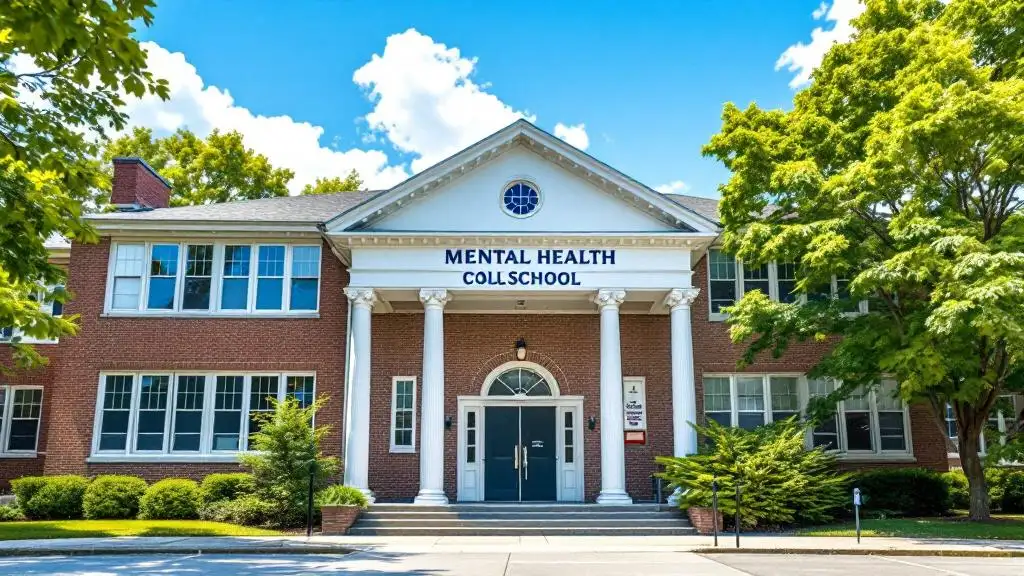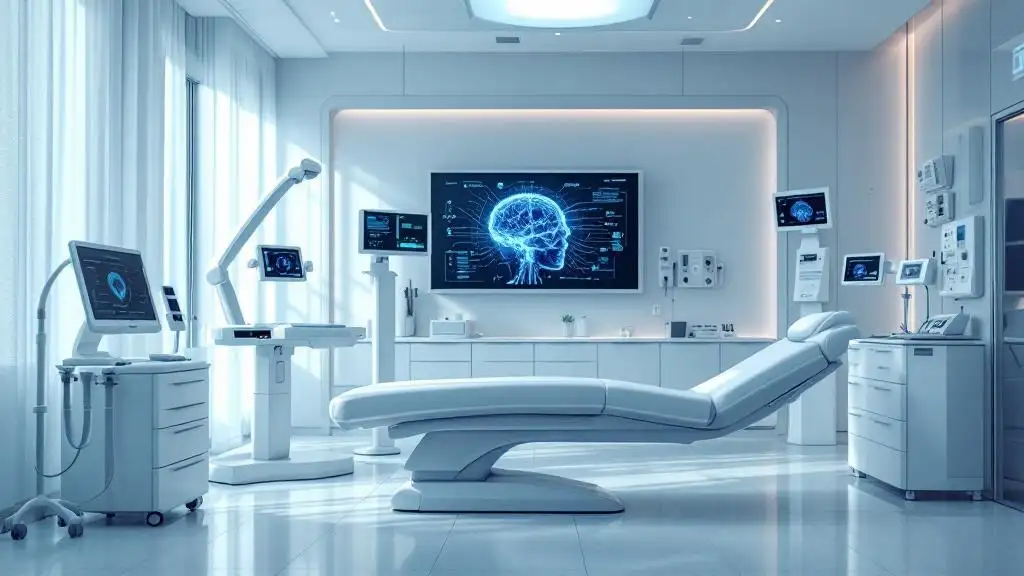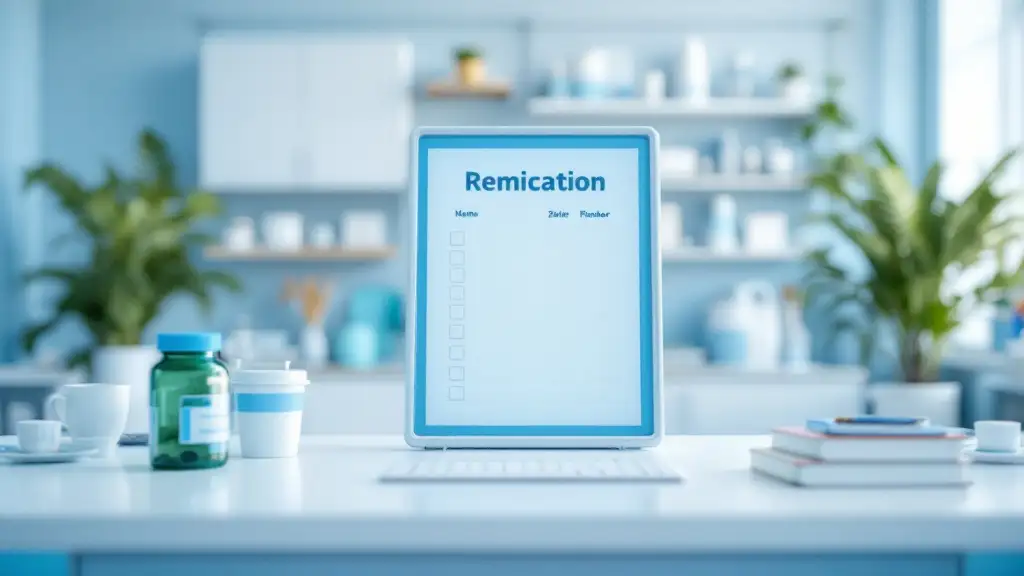Understanding the Role of Telepsychiatry in Emergency Support
Telepsychiatry has emerged as a vital component of modern mental health care, especially in emergency settings. It utilizes live, interactive videoconferencing technology to facilitate psychiatric assessment, treatment, and crisis intervention remotely. This approach not only enhances accessibility for underserved populations but also plays a crucial role in managing urgent psychiatric conditions, including imminent risks of harm to self or others. As mental health emergencies demand swift and effective responses, telepsychiatry platforms are increasingly integrated into emergency departments (EDs) and rural health facilities, offering a solution to bridge critical service gaps.
What is Telepsychiatry and Its Scope in Emergency Support
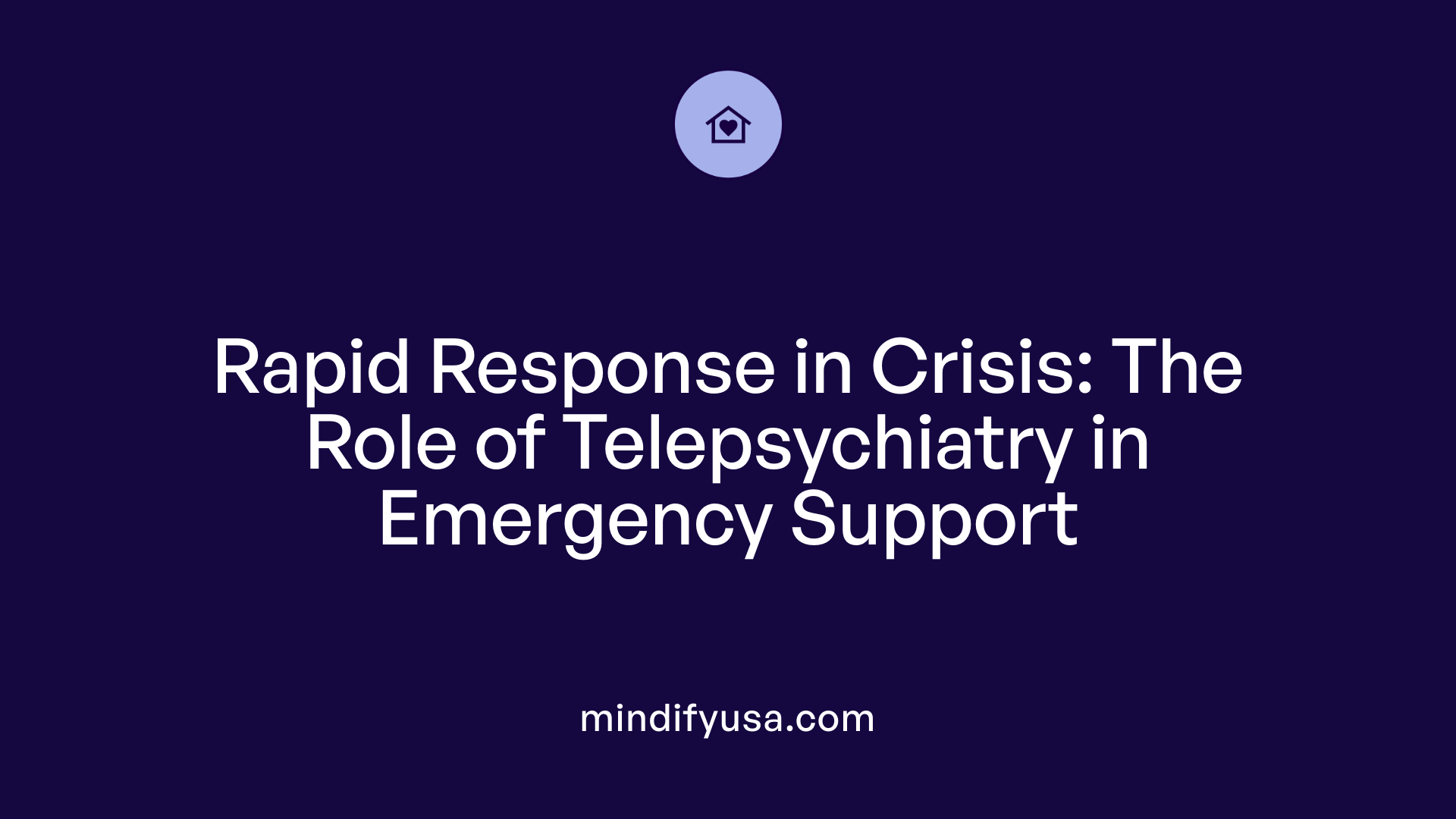
What are telepsychiatry services?
Telepsychiatry is a specialized form of telehealth that delivers mental health services remotely using digital communication tools such as live videoconferencing, phone calls, and even messaging. It allows clinicians to conduct psychiatric assessments, provide therapy, and manage follow-up care without the patient needing to visit a healthcare facility physically.
In emergency settings, telepsychiatry plays a vital role by enabling rapid access to mental health specialists, especially during crises involving potential imminent danger, such as suicidal behavior or violent agitation. It helps streamline decision-making around hospitalization, transfer, or discharge, making urgent care more efficient.
The scope includes a variety of services like acute assessments during psychiatric crises, ongoing medication management, individual and family therapy, and diagnostic evaluations. Most telepsychiatry services are conducted in real-time, ensuring immediate interaction between patients and providers.
Telepsychiatry expands healthcare access, particularly in rural, remote, or underserved areas where specialized mental health services are limited. It overcomes geographic barriers, ensuring that even the most isolated populations can receive timely psychiatric intervention.
Studies show that telepsychiatry is as effective and acceptable as in-person visits, with outcomes supporting its safety and efficiency. Its growth has been accelerated by the COVID-19 pandemic, highlighting its essential role in modern mental health care.
In emergency contexts, telepsychiatry not only supports assessments and treatment but also enhances coordination with local resources, law enforcement, and crisis management teams to ensure patient safety and care continuity.
Understanding Psychiatric Emergencies and the Role of Telepsychiatry
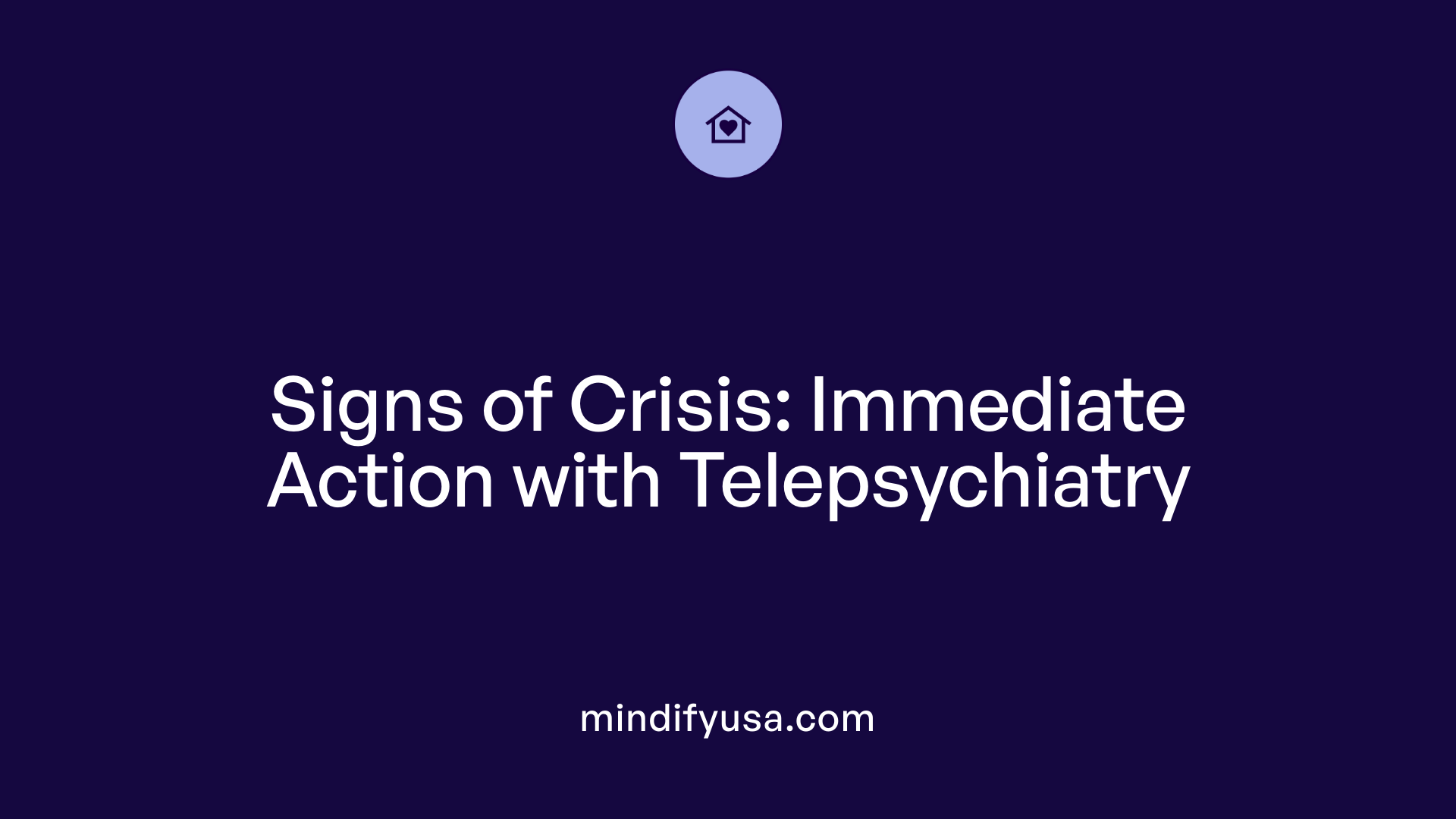
What qualifies as a psychiatric emergency?
A psychiatric emergency is characterized by sudden and severe disturbances in a person's mental state that require immediate medical attention to prevent significant harm. These emergencies often involve risks such as suicide attempts, extreme agitation, hallucinations, or aggression that could threaten the safety of the patient or others.
Telepsychiatry plays a vital role in managing these crises, especially in rural or resource-limited settings. It enables rapid assessment and intervention through live video consultations. Emergency telepsychiatry services focus on evaluating the immediacy of danger and initiating appropriate treatment plans, which could include hospitalization, tele-follow-ups, or home management.
Most emergency psychiatric cases involve assessment of danger and impaired capacity. When a crisis is identified, protocols often involve coordination with local law enforcement and emergency services, ensuring the safety of everyone involved. Recognizing the signs of an emergency swiftly has been proven to improve outcomes and reduce the risk of harm.
Common signs and symptoms necessitating immediate attention
Indicators that signal the need for urgent psychiatric evaluation include suicidal thoughts or behaviors, intense psychotic episodes, marked agitation or aggression, severe mood swings, or grossly disorganized behavior. Patients might exhibit sudden withdrawal from social interactions, hallucinations, or delusional thinking.
In emergency settings, telepsychiatry allows clinicians to observe these symptoms directly via video, enabling quick decision-making. For example, a patient showing signs of suicidal ideation with a plan requires immediate assessment to determine if hospitalization is necessary.
Additionally, strong affective reactions coupled with violence or threats to others demand swift intervention. In rural or remote areas, telepsychiatry provides access to specialists who can evaluate these symptoms accurately, ensuring timely management and preventing escalation.
Typical interventions for emergencies, including hospitalization and home management
Interventions for psychiatric emergencies vary based on severity. Hospitalization is often necessary when there is imminent danger or severe symptomatology that cannot be managed safely at home. Emergency telepsychiatry units assist in expediting these decisions by providing real-time evaluations, reducing wait times, and ensuring quick placement into appropriate care settings.
Conversely, some patients may be discharged home after thorough remote assessment if suicide risk is low, with arrangements for follow-up care via telehealth. Safety planning, including informing patients about crisis hotlines and involving family members, is crucial.
Protocols in emergency telepsychiatry emphasize clear communication, coordination with local resources, and contingency plans for crises outside usual clinic hours. This approach ensures that patients receive comprehensive care tailored to their specific needs, whether in hospital or at home.
| Aspect | Description | Additional Notes |
|---|---|---|
| Assessment focus | Danger to self or others | Urgency depends on symptom severity |
| Interventions | Hospitalization, home management, follow-up | Telepsychiatry facilitates rapid decision-making |
| Special considerations | Rural settings, legal laws, safety protocols | Involves local resources and legal knowledge |
Understanding these dimensions helps improve the effectiveness of emergency psychiatric responses. Telepsychiatry continues to evolve, ensuring that patients in crisis can access urgent, safe, and appropriate care regardless of their location.
Emergency Support Capabilities of Telepsychiatry in Practice
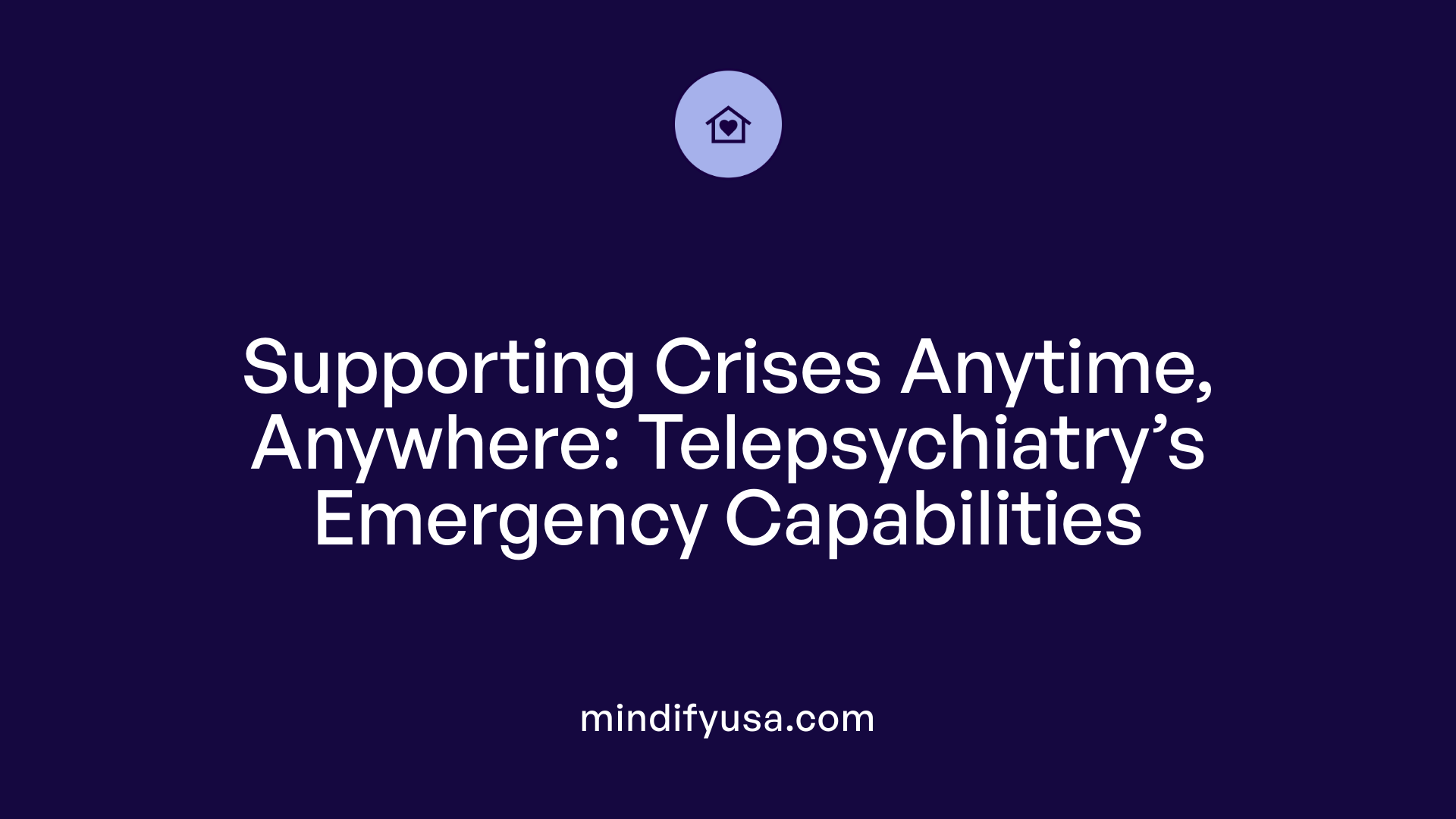
Does telepsychiatry include emergency support services?
Yes, telepsychiatry definitely includes emergency support services. It is widely used for rapid assessment and treatment during psychiatric crises, especially in rural, remote, or underserved populations where immediate access to mental health specialists may be limited. This approach uses live, interactive video conferencing to connect patients with psychiatric professionals quickly and efficiently.
Emergency telepsychiatry primarily addresses situations where individuals are at imminent risk of harming themselves or others, such as during suicidal ideation, psychotic episodes, or severe behavioral disturbances. It offers a platform for immediate intervention, helping to de-escalate crises in real time.
To provide effective emergency support, telepsychiatry programs follow specific protocols. These include coordination with local resources like law enforcement and emergency services, ensuring that help can be mobilized if the patient’s condition requires additional intervention. Additionally, establishing clear roles and responsibilities among onsite clinical staff and remote providers is vital.
Protocols are often tailored to fit the setting—rural, urban, or diverse populations. For example, rural areas may require special considerations like firearm safety, cultural sensitivity, and family involvement, whereas urban sites might focus more on legal issues like involuntary commitments.
Legal and ethical issues are also part of the framework, including understanding jurisdictional laws on involuntary hospitalization and duty to warn, as well as licensure requirements across regions. These guidelines ensure that emergency telepsychiatry is safe, lawful, and appropriately responsive.
Overall, emergency services via telepsychiatry are adaptable and capable of providing comprehensive support during mental health crises, making urgent care more accessible and responsive across different settings.
Effective Implementation and Legal Frameworks for Emergency Telepsychiatry
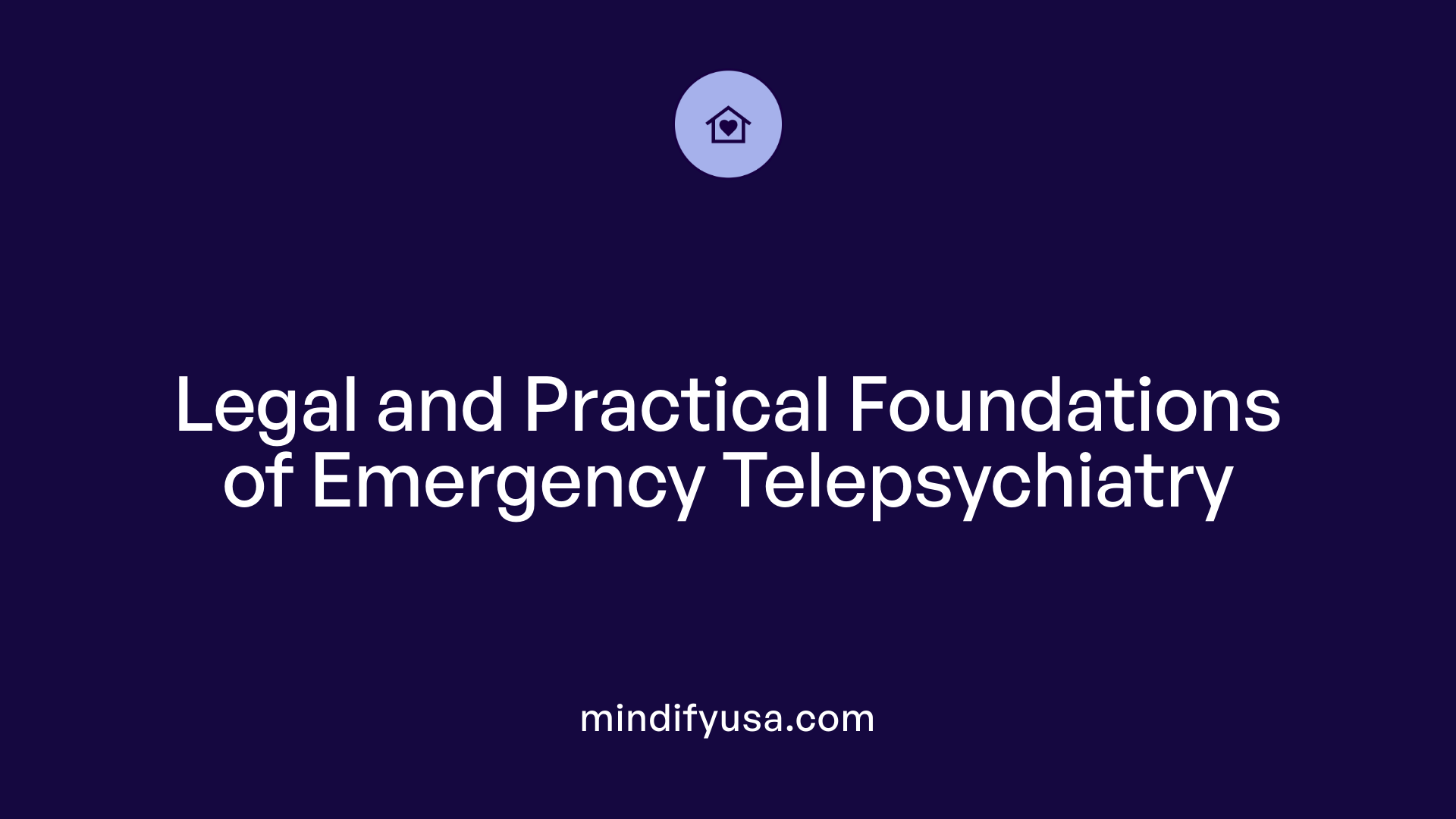
How effective is telepsychiatry in emergency situations?
Telepsychiatry has demonstrated significant benefits in emergency settings, offering rapid and reliable access to psychiatric assessments through live video conferencing. Studies and pilot programs show high satisfaction levels among patients and healthcare providers, with assessments being just as effective as in-person consultations.
One of the main advantages is the reduction of wait times, enabling quicker decisions about treatment, admission, or discharge. This improves workflow efficiency and helps decongest busy emergency departments. In particular, telepsychiatry plays a vital role during crises involving imminent danger, such as suicide attempts or violent behavior.
However, the implementation of telepsychiatry can sometimes result in increased psychiatric admissions or longer ED stays, mainly due to delays in other necessary medical clearances. Despite this, the approach does not compromise patient safety or short-term outcomes. It is also associated with higher mental health-related costs per patient but contributes positively by expanding access and timely intervention.
Overall, when integrated properly, emergency telepsychiatry is a valuable and safe modality that enhances mental health service delivery, especially in resource-limited or rural settings. Continuous refinement and addressing logistical challenges are essential to maximizing its effectiveness.
Assessing Impact and Future Directions of Telepsychiatry in Emergency Settings
Effects on patient outcomes, hospital admissions, and ED crowding
Telepsychiatry in emergency departments has shown promising results in improving patient care. It facilitates rapid assessments, often reducing wait times for psychiatric evaluations. Studies indicate that patients assessed via telepsychiatry tend to have lower hospital admission rates, suggesting that appropriate treatment can be delivered more efficiently.
Additionally, telepsychiatry plays a significant role in decreasing emergency department crowding. By enabling on-demand evaluations, it helps streamline patient flow, avoiding unnecessary transfers or stays. For example, in rural and resource-limited settings, telepsychiatry ensures timely care, reducing long waiting periods and improving crisis response.
Cost-effectiveness and resource utilization
Implementing telepsychiatry services can lead to substantial resource savings. It reduces staffing burdens by enabling specialists to provide care remotely, thus optimizing the use of mental health professionals. The ability to perform thorough assessments without physical presence streamlines workflows and lowers operational costs.
Furthermore, telepsychiatry follows a cost-effective model by decreasing unnecessary hospitalizations and transfers, especially for psychiatric crises. It supports efficient utilization of emergency services and improves overall hospital resource management.
Current research gaps and opportunities for future studies
Despite positive findings, there are gaps in understanding the full impact of telepsychiatry. Limited data exists on the specific costs associated with different implementation models and long-term outcomes.
Research is also needed to evaluate telepsychiatry's effectiveness in involuntary commitment assessments and for diverse patient groups, such as children or individuals with severe mental illnesses.
Opportunities for future investigations include exploring best practices for legal compliance across jurisdictions, optimizing protocols for rural versus urban settings, and integrating advanced technology such as AI to enhance assessment accuracy.
Future prospects of telepsychiatry in emergency response are promising, with ongoing research poised to refine practices, expand accessibility, and improve patient outcomes.
Enhancing Mental Health Emergency Response through Technology
Telepsychiatry represents a transformative shift in emergency mental health care, offering immediate, remote access to psychiatric expertise. Its ability to provide rapid assessment, intervention, and coordination fosters safer, more efficient responses to crises across diverse settings, particularly in rural and resource-limited areas. As guidelines and protocols continue to evolve, and technology advances, telepsychiatry’s role in emergency support is poised to expand further, underscoring its importance in the future landscape of mental health services.
References
- Emergency Management Guidelines for Telepsychiatry - PMC
- U.S. Emergency Department Telepsychiatry Use in 2019 - PMC
- Pioneering Telehealth Staffing Services in California
- ER Psychiatrist Support for Hospitals & Emergency Departments
- What is telePsychiatry? | Access TeleCare
- National Study of Telepsychiatry Use in U.S. Emergency Departments
- Telepsychiatry in the emergency department: a pilot study on remote ...
- Can I use telehealth for emergency care?












